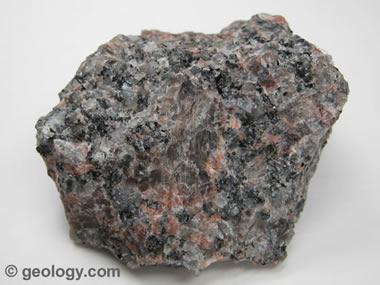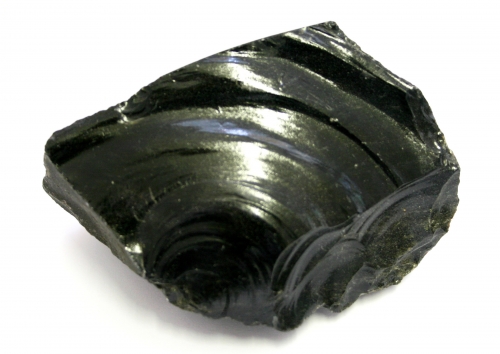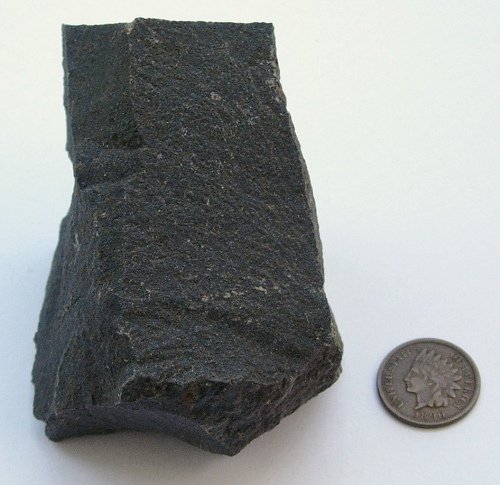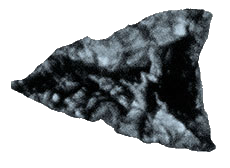
http://www.passmyexams.co.uk/GCSE/physics/images/rock-cycle-01.jpg
There are two kinds of igneous rocks. If the rock forms from cooled lava on the surface of the earth, it is called extrusive igneous rock. If it forms from magma cooling while it is still beneath the surface, it is called intrusive igneous rock.



